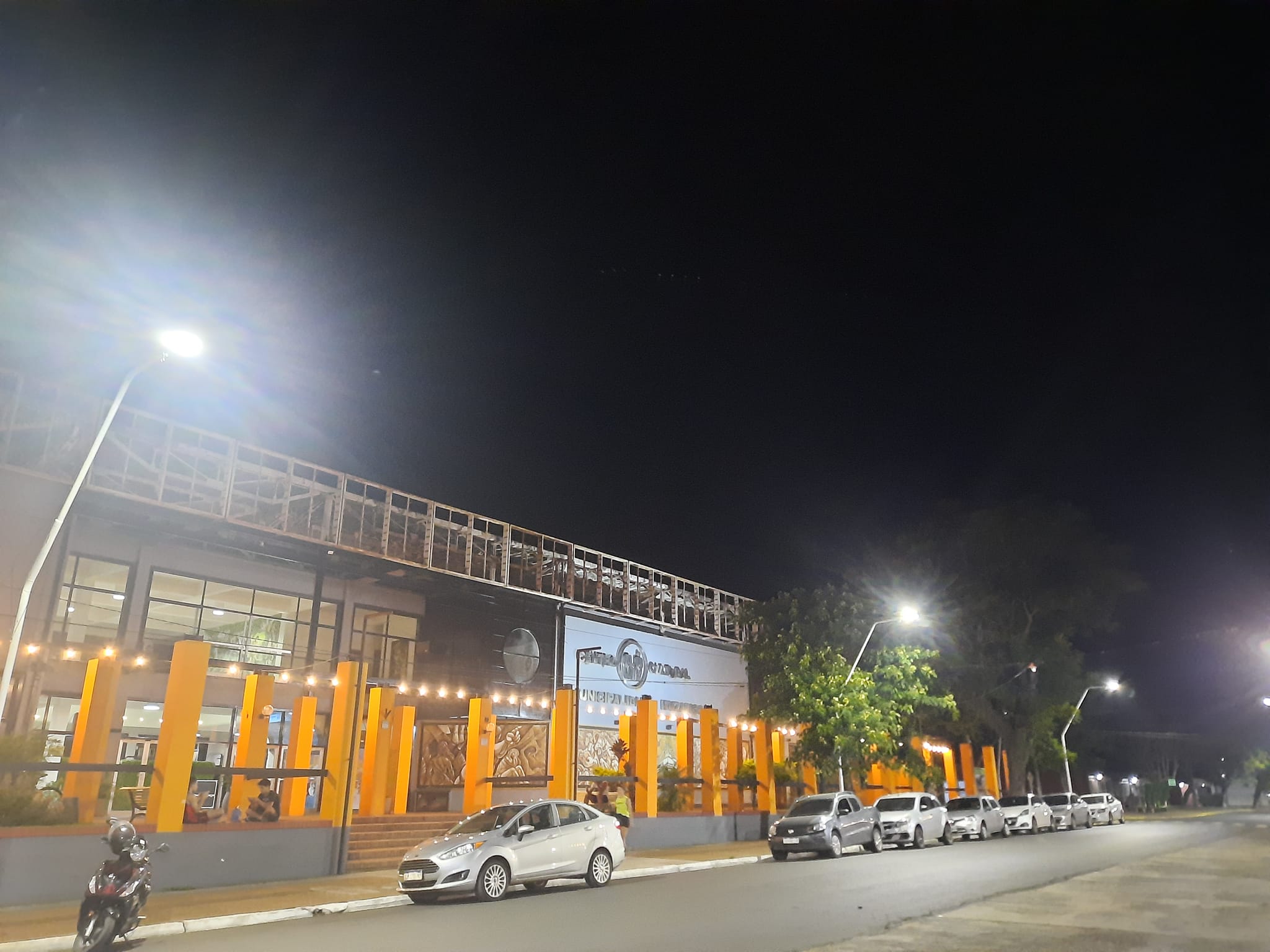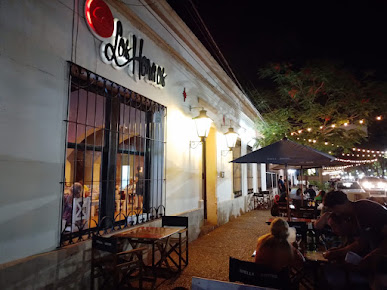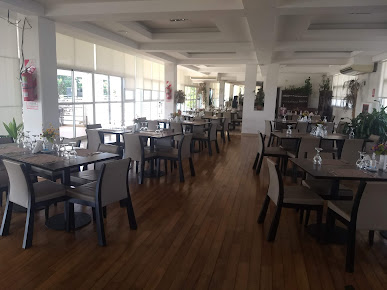
ITUZAINGÓ CULTURAL CENTER
Schedule: Monday to Friday from 8 a.m. to 12 p.m. and 4 p.m. to 8 p.m.
Ticket cost: Free admission
'The Ituzaingó Cultural Center is a municipal space for gathering, recreation, and cultural-artistic development. Here you can participate in activities related to various artistic disciplines, attend workshops, watch plays, listen to music, or use the space to exhibit your own works. It is open to the public, promoting creativity and learning within the community.'
Ituzaingó Cultural Center (CULTURAL CENTER ITUZAINGÓ)
Location
Corrientes Street, between San Martín and Belgrano. The building is from about 1980 and is used for social and cultural activities.
The Building
It was built during the construction of the Yacyretá hydroelectric dam and opened in 1984. The idea was to give workers a place to watch shows. That’s why the Yacyretá Binational Entity (EBY) managed the theater.
Now it is municipal property and works as a Cultural Center, housing the Culture Department.
The building has a modern style, like the Gral. Belgrano neighborhood where the dam directors live. It is built with reinforced concrete, masonry walls, glass, metal sunshades, metal carpentry, and wooden doors.
It has two floors and a basement.
Ground Floor
- Main hall to welcome the public with a reception desk for questions.
- Bathrooms on both sides.
- Auditorium with 400 seats.
- Stage with basement dressing rooms.
- Cultural and educational activities happen here: movies, theater, music, dance, conferences, diploma ceremonies, and school closings.
Main Mural
In the hall above, there is a mural made in 1999 by artist and Culture Director Atilio Ramírez. The mural is 5 meters tall and 25 m². It shows myths and legends from the region with more than twenty figures, including goblins called Pombero, Yacy Yatere, Kurupí, Jaguareté Abá, Karaú, Caburé, and children (Gurises). These characters are in an imaginary theater on the Paraná riverbank during the “siesta de Poras” (goblin siesta).
Mural Characters
- Pombero: small and bald, walks at night. Scares those who don’t like him and loves those who leave him tobacco, honey, or herbs.
- Yacy Yatere: popular Guaraní goblin, blond and short, living in forests. His name relates to the moon and fertility.
- Kurupí: bad man who catches children and women, has crossed heels and a very long virile member.
- Jaguareté Abá: Indian who turns into a jaguar, living in the Iberá wetlands.
- Karaú: black bird with yellow eyes living in wetlands. Legend says he was a young man punished by God and turned into a bird.
- Caburé: owl-like bird that makes a sharp cry meaning death. Finding a feather brings good luck.
Other Details
- Pregnant girl: a girl pregnant by a relative who blames Pombero to avoid trouble.
- Boy carrying brother: shows he found his lost brother from the goblins during siesta.
Upper Floor
- Conference room and workshops.
- Rooms for dance, languages, theater, and gymnastics classes.
- Library (now at the Anthropological Museum).
- Computer room, office, and bathrooms.
Facade Murals
Two murals made in 1998 with graffiti and cement technique.
Main Entrance Mural: “Legend of Itu” Made in 2002 by Jorge Aguirre and Pocha Meza. It tells the legend of chief Itu who killed himself for forbidden love.
The second mural shows the history of Ituzaingó:
- Center has the face of founder Bernardino Valle.
- Left shows the boat “Espiador” used as a tug.
- Figures from the Triple Alliance War and rural life until 1870.
- Gaucho man with horse and weapons.
- Man with Bible showing faith and traditions.
- Crops and seeds representing agriculture.
Right Mural
Shows workers who built the Yacyretá dam carrying basalt stones. Also shows the bust of a strong man, the Paraná river, sun rays, and fish like the surubí, representing nature and its sustainable use.
Artisans’ Walk
A space where local artisans show typical products like leather, textiles, ceramics, wood carvings, paintings, and embroidery, helping keep traditions alive.


